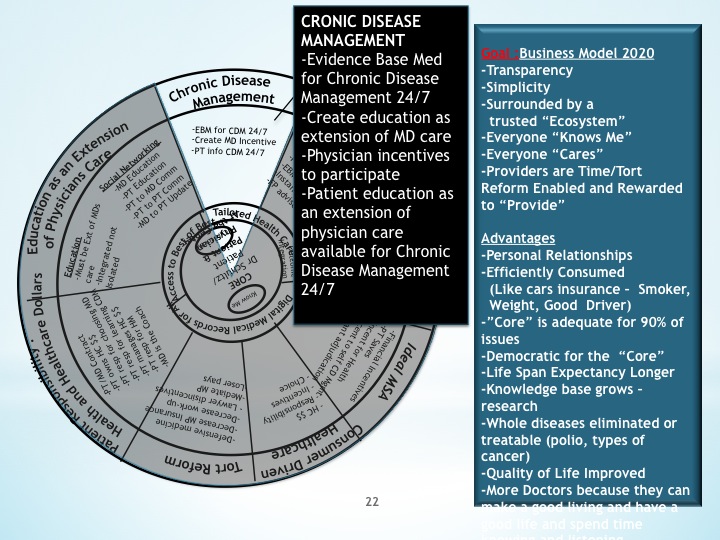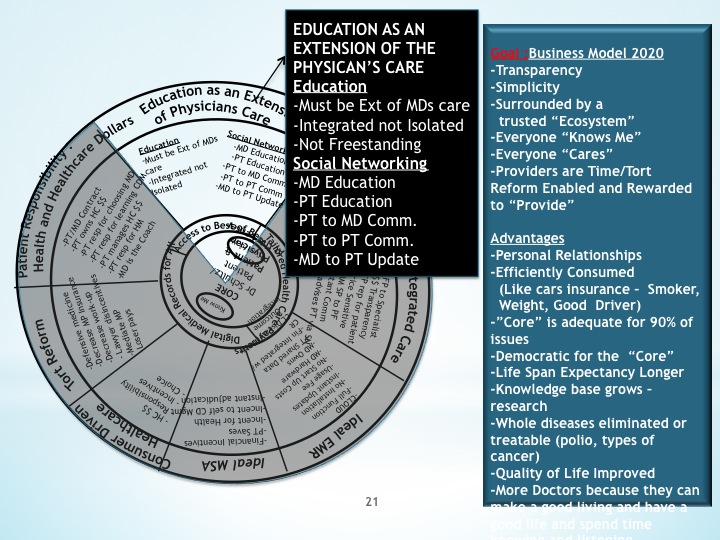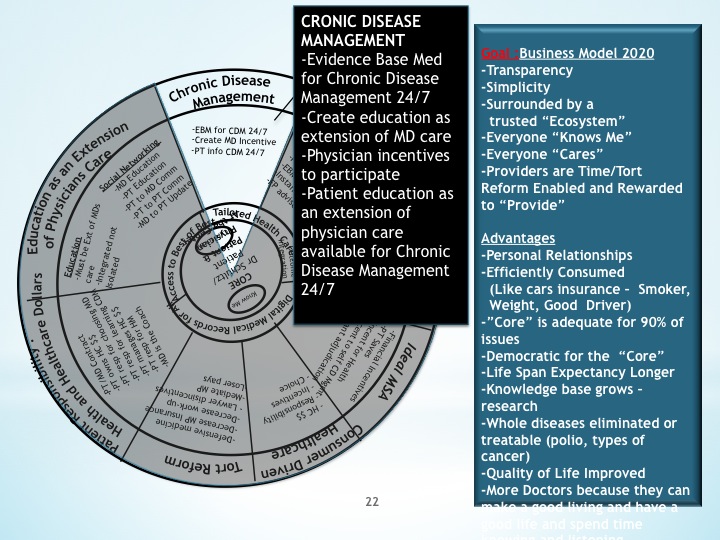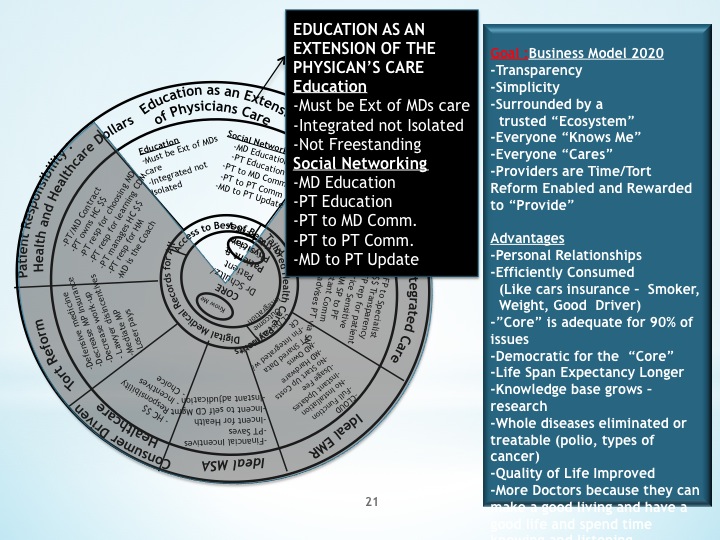Medicare Coding Is Becoming More Complicated Under Obamacare
Stanley Feld M.D.,FACP,MACE
Physicians make coding errors. These errors result in decreased reimbursement. The denied claims might not be noticed for months by the physicians’ office.
In a busy practice the details of all the changes in coding rules are sometimes impossible to understand.
President Obama’s healthcare reform act is trying to institute a completely new electronic claims system. It is called 5010. It will replace claims system 4010.
As far as I can tell the goal is to obtain more data on physicians’ practice patterns. The goal of the new system is to determine the “quality” of physicians care. If the quality is poor, reimbursement will be reduced. Claims will be denied. Its execution looks confusing and expensive.
5010 was suppose to be in place and required for all to use by January 1, 2012. Apparently, it was not fully installed or tested by enough healthcare organizations to be validated. The date of full implementation was moved to March 31, 2012. Last week full implementation was moved to June 30, 2012.
The other complicated “innovation” of Obamacare is ICD 10 coding system. This new coding system replaces ICD-9. It has increased the number of codes from 18,000 to 68,000 for coding in-patient and out-patient care. Effective implementation of these codes will be very difficult.
The implementation of these two “innovations” will add billions of dollars to the cost of healthcare.
It will increase physicians’ paperwork. It will result in more mistakes. It is questionable whether the new systems will increase the quality of care.
It is adding more complexity to an already dysfunctional system.
It is impossible for physicians to keep up with all the new regulations the Centers for Medicare and Medicaid Services is about to impose on them.
Most physicians do not have the time to study the new regulations and their implications. They hope their professional organizations will pick up the important ones and point out the problems in plain English.
Many times one regulation contradicts another regulation. The administrative service providers (healthcare insurance industry) for CMS interpret the regulations the way they want. There is often a lack of consistency from state to state.
The Texas Medical Association recently informed us of an error related to submission of measure No.235, Hypertension: Plan of Care for the 2012 Physician Quality Reporting System.
The Texas Medical Association sent the following message to all Texas physicians. I challenge anyone to understand this message.
The Centers for Medicare & Medicaid Services (CMS) has identified an error related to the submission of measure No. 235, Hypertension: Plan of Care, for the 2012 Physician Quality Reporting System (PQRS). Hypertension: Plan of Care is a claims/registry measure with G-codes that are inactive due to an error. Consequently, Medicare carrier TrailBlazer has rejected or denied claims containing the G-codes associated with the measure.
The following is a note I received from a physician.
“I thought I went to medical school to learn how to take care of sick patients?”
“I did not go to medical school to deal with complicated and impossible rules and regulations daily. These regulations interfere with my ability to help sick patients”
Physicians are faced with these confusing rules daily. I do not believe that these rules promote quality care for patients. These rules serve to irritate physicians. The rule changes result in a non-user friendly Medicare system. I predict it will ultimately result in non-cooperation by physicians.
The TMA goes on to tell us what CMS is going to do and what we can do to obtain reimbursement for treatment given using CMS’ rules.
CMS will reactivate the codes G8675, G8676, G8677, G8678, G8679, G8680, and 4050F with its next update of the HCPCS code data in April 2012. For 2012 claims-based reporting, PQRS requires at least three measures be reported at a 50-percent reporting rate.
- Report additional measures to substitute for measure No. 235, Hypertension: Plan of Care.
- Hypertension: Plan of Care is a per-visit measure, which requires reporting for 50 percent of eligible patient visits. Therefore, you could report the measure on more than 50 percent of eligible visits from April through December 2012 to increase the likelihood for successful reporting of the measure.
As an alternative to reporting PQRS quality measures via claims, physicians can report using a qualified registry (PDF). TMA endorses two such vendors. Or, practices can submit measures using a qualified electronic health record (PDF).
Published March 16, 2012
Is it any wonder the Medicare and Medicaid System have tremendous bureaucratic cost overruns?
There has to be a better way?
The opinions expressed in the blog “Repairing The Healthcare System” are, mine and mine alone
Please have a friend subscribe












Brandon • August 31, 2012
Interesting… thank you for the blog. In regards to the medical coding, you said they added some 50,000 new codes. Was the purpose to dilute the system, or to just make sure there is a code for every imaginable situation? Is there like a database or something that you just search keywords and you find the correct code? I have to be honest, I find this fascinating, I had no idea this was how medical billing worked.. or didn’t work I should say.
does textyourexback work • October 3, 2013
Do you mind if I quote a couple of your articles as long as I provide credit and sources back to your weblog? My website is in the exact same area of interest as yours and my visitors would definitely benefit from some of the information you provide here. Please let me know if this okay with you. Thanks!